ILLUSTRATIONS
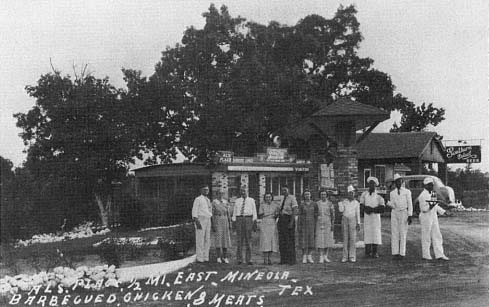
Figure 1
Al's Place, 1936, from a postcard marking the Texas Centennial. Willie Brown's
father is standing at the far right, turned, and holding a tray with two beers. Fern
and Art Turk, who hired him, are standing fourth and fifth from the left.
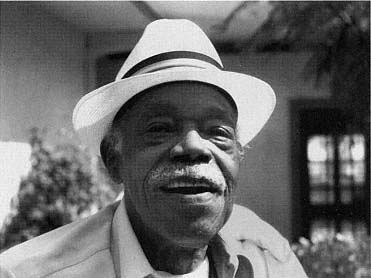
Figure 2
The Speaker's father a year before his death. Taken by the
author at Brown's rest home in Huntington Park,
California, in 1993.
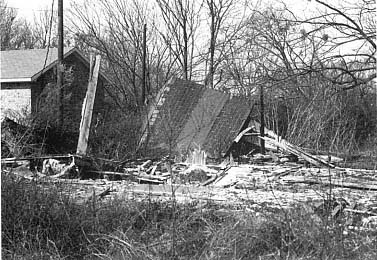
Figure 3
All that is left of Itsie and Son Collins's gambling shack in
Mineola. A church now sits just to the left, where the
gambling and moonshine joint once stood.
(Photo by James Richardson)
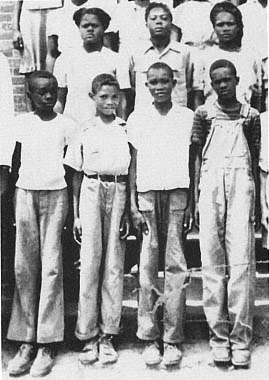
Figure 4
Willie Brown and his classmates at Mineola
Colored High School, probably 1947. They gave
themselves the moniker "I. E. Boys" because
each had a nickname ending in "ie." From left to
right, Willie "Brookie" Brown, Frank "Jackie"
Crawford, Clarence "Cookie" Slayton,
and Edward "Bootie" Dickie.
(Class photo loaned courtesy of
Virginia London McCalla)
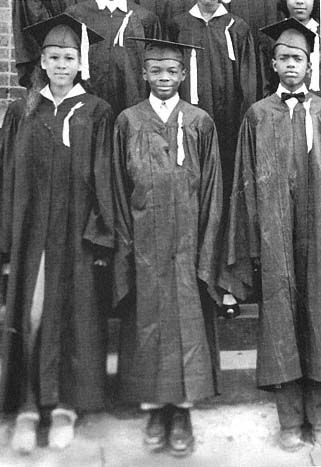
Figure 5
Willie Brown at his eighth-grade graduation in 1947.
For many Texas blacks, the eighth grade was as far
as they got before they were forced to leave school
to work in the fields or as domestic servants.
(Photo loaned courtesy of Virginia London McCalla)
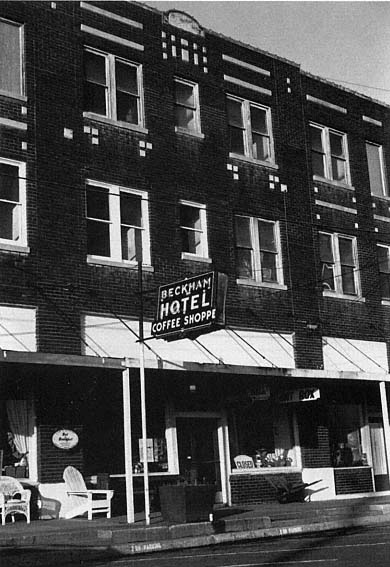
Figure 6
The Beckham Hotel, where J. B. Christie was killed in a rear alley
on the night of July 5, 1944. Christie's death sparked retaliation by
young whites against Mineola's blacks.
(Photo by James Richardson)
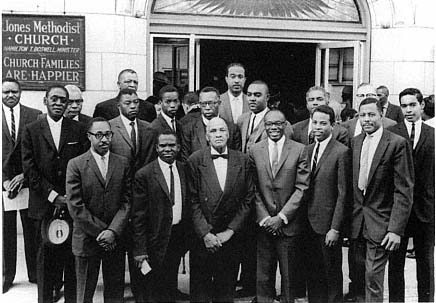
Figure 7
The men of Jones Methodist Church in San Francisco, where Willie
Brown was the youth director, taken in the mid-1950s. Jones
Methodist was the center of civil rights activity in San Francisco
during the period. Willie Brown is third from the right.
(Photo loaned courtesy of the Reverend Hamilton T. Boswell)
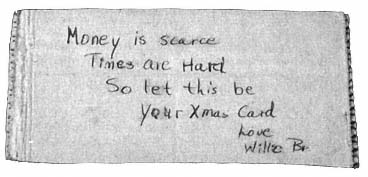
Figure 8
As a college student in San Francisco, Willie Brown sent this
card home to his mother, Minnie Collins Boyd, in Texas,
for Christmas 1954. He penned the message on a piece of
corrugated cardboard.
(Photo by James Richardson, artifact
loaned courtesy of Gwendolyn Brown Hill)
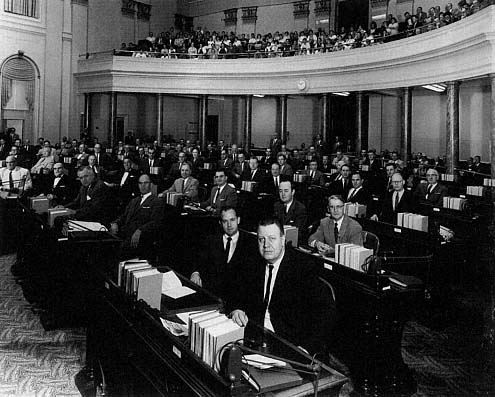
Figure 9
Willie Brown tried but failed to break into the Assembly in 1963, and succeeded two years
later. Seated in the immediate foreground is Speaker Jesse Unruh, nicknamed "Big Daddy."
Immediately behind Unruh is Democrat Ed Gaffney of San Francisco, who Brown unseated
in a 1964 Democratic primary. Next to Gaffney is Republican Milton Marks, who was a rival
of Brown and his friends in San Francisco politics. In the next row back, third from the right,
is Phillip Burton, who was Brown's political mentor and would help him unseat Gaffney.
(Bancroft Library, University of California, Berkeley)
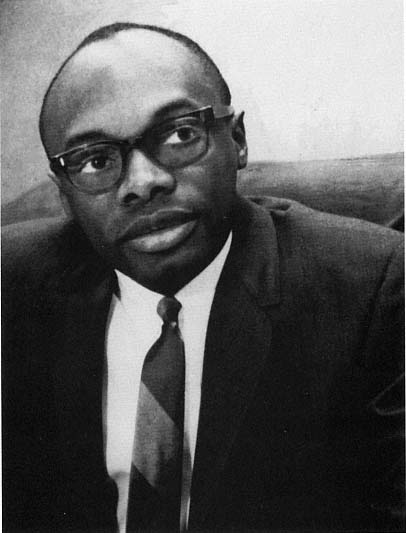
Figure 10
Willie Brown, newly elected assemblyman from San Francisco, in 1965.
(Photo by The Sacramento Bee , courtesy of the City of Sacramento
Archives and Museum Collection Center)
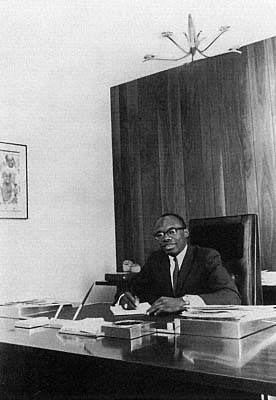
Figure 11
Willie Brown in his Capitol office next to
the cafeteria in 1967.
(Courtesy of the California State Library)
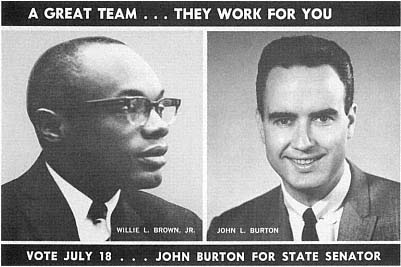
Figure 12
Willie Brown and John Burton collaborated on this campaign flier
mailed to voters as a postcard. Burton ran for a state Senate seat in a 1967
special election and lost to Republican Milton Marks (who two decades
later changed his party registration to become a Democrat). Marks retired
from the seat in 1996, and Burton again ran for it.
(Document courtesy of Archive and Special Collections,
California State University, Sacramento)
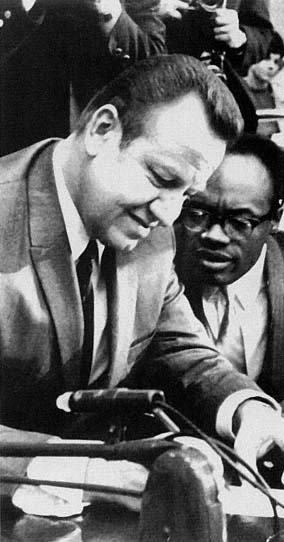
Figure 13
Jesse Unruh kept count with Willie Brown as Unruh
was reelected Speaker of the California State
Assembly on January 9, 1968.
(Photo by The Sacramento Bee , courtesy
of the City of Sacramento Archives and
Museum Collection Center)
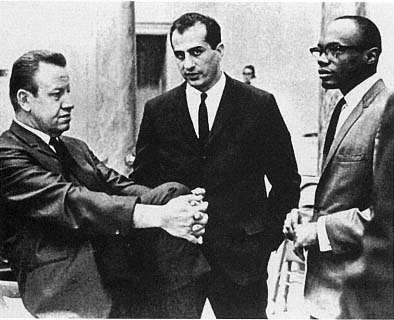
Figure 14
Rare photograph picturing three Assembly Speakers. From left to right,
Jesse Unruh (1961–1968), Robert Moretti (1971–1974), and Willie Brown
(1980–1995). Photo probably taken in 1966.
(Photo loaned courtesy of Archive and Special Collections,
California State University, Sacramento)

Figure 15
Robert F. Kennedy, his back turned, addressed a hostile crowd in
May 1968 in Oakland while running for president in the California primary.
Willie Brown had just introduced Kennedy. U.S. Representative
Phillip Burton, Brown's mentor, is next to Brown with his arm outstretched
across the face of Assembly Speaker Jesse Unruh, far right.
(Photo courtesy of the Bancroft Library,
University of California, Berkeley)
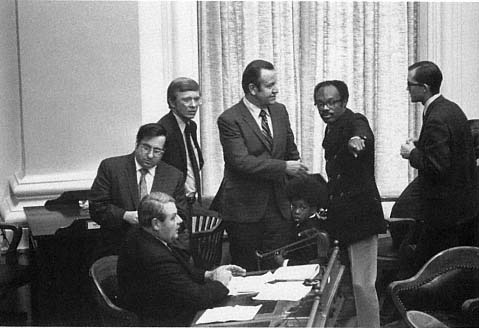
Figure 16
A day on the floor of the California State Assembly, probably 1968.
Speaker Jesse Unruh at center; to the right is Assemblyman Willie Brown.
Standing between them is Brown's son, Michael.
(Photo courtesy of the California State Archives, Jesse M. Unruh Collection)
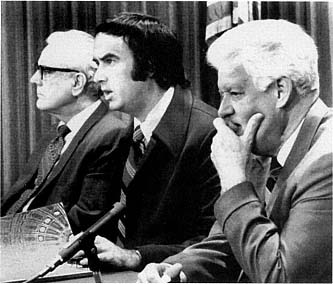
Figure 17
Assemblyman John Burton, center, seated next to
Senator Randolph Collier, right, at a June 1970 press
conference. On the left is State Senator Alfred Alquist,
who was, with Collier, a member of the California
Derby Club.
(Photo by The Sacramento Bee , courtesy of the City of
Sacramento Archives and Museum Collection Center)
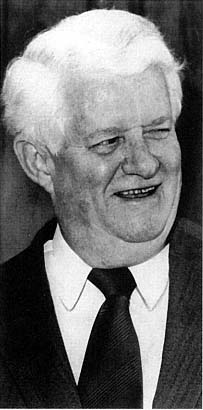
Figure 18
The Silver Fox of Siskyous, State
Senator Randolph Collier, one of the
old lions of the California Legislature.
Collier and Brown wrote the state
budget during Ronald Reagan's final
years as governor and divided the
spoils between them.
(Photo by The Sacramento Bee ,
courtesy of the City of
Sacramento Archives and
Museum Collection Center)
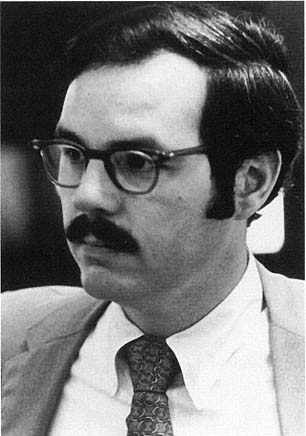
Figure 19
Phillip Isenberg, Willie Brown's chief aide at the
Assembly Ways and Means Committee in the early 1970s.
Isenberg was later elected mayor of Sacramento and then
won an Assembly seat, which he held until 1996.
(Photo loaned courtesy of Archives and Special
Collections, California State University, Sacramento)
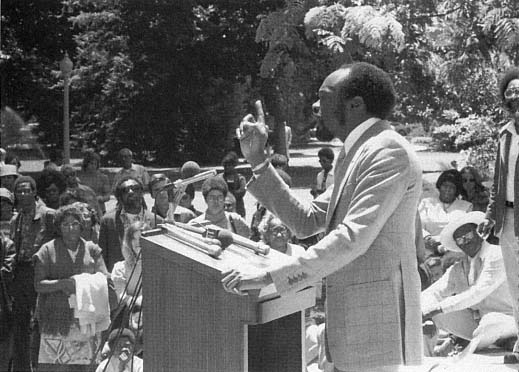
Figure 20
In a last-ditch effort to be elected Speaker in 1974, Willie Brown held a rally with blacks on the
Capitol steps to bring blacks to his cause. The rally badly backfired on him as black assembly
members said he was out of bounds in trying to make his election as Speaker a racial issue.
(Photo by The Sacramento Bee , courtesy of the City of Sacramento
Archives and Museum Collection Center)
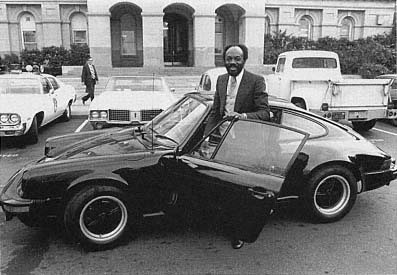
Figure 21
Willie Brown loves his cars and was always getting a new one. In 1976
Brown wanted to sell his Porsche and get another. He showed it off on the
Capitol grounds, hoping the publicity would attract a buyer. Brown's
reputation for flamboyance and living the high life took off in the
mid-1970s, although his political fortunes had sunk low.
(Photo by Owen Brewer, The Sacramento Bee , courtesy of the
City of Sacramento Archives and Museum Collection Center)
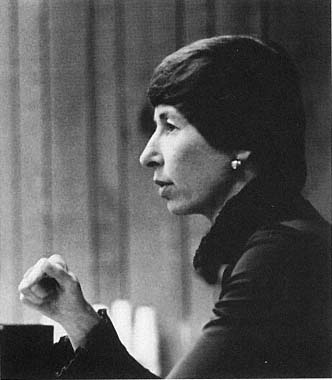
Figure 22
Republican leader Carol Hallett made the deal with
Willie Brown in December 1980 that gave him enough
votes to be elected Speaker of the California State Assembly.
(Photo by The Sacramento Bee )
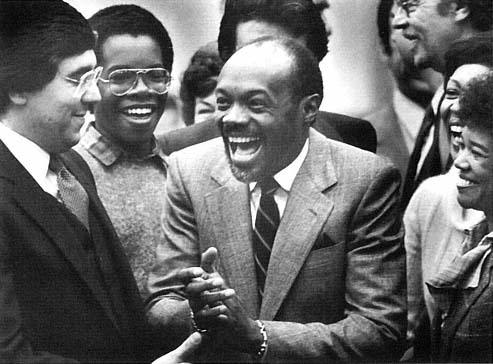
Figure 23
Moments after the deciding vote electing Willie Brown as the Speaker of the California
State Assembly on December 2, 1980. Left to right, Assemblyman Art Torres, who gave him
a crucial vote; Brown's son, Michael; Willie Brown; and Blanche Brown, his wife. Standing
partially hidden behind Blanche Brown is Assemblywoman Maxine Waters.
(Photo by Rich Pedroncelli)
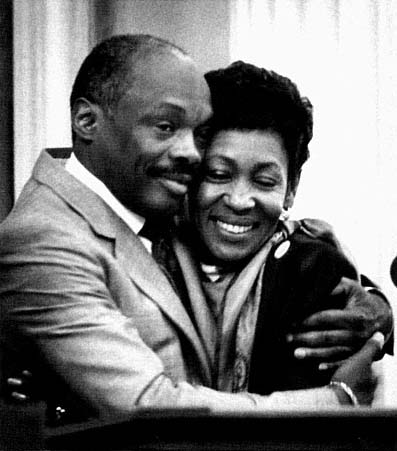
Figure 24
After the South Africa divestment bill passed in 1986, Willie Brown
was embraced by Assemblywoman Maxine Waters,
who was one of his chief allies.
(Photo by Rich Pedroncelli)
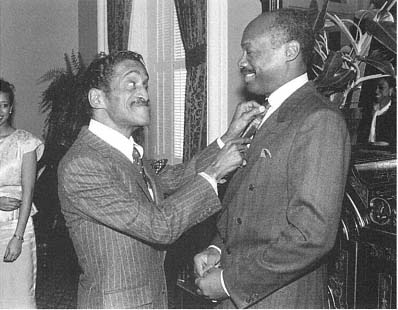
Figure 25
Willie Brown clowned in the Speaker's office with entertainer Sammie
Davis Jr. Brown loved to be seen with the stars.
(Photo by Rich Pedroncelli)
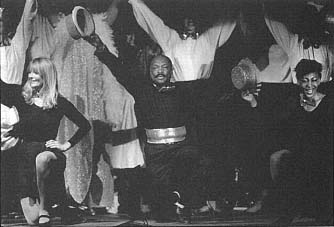
Figure 26
Brown staged elaborate parties, starring himself. Pictured
here with Maxine Waters, right, and an aide, left,
Brown put on a great show.
(Photo by Rich Pedroncelli)
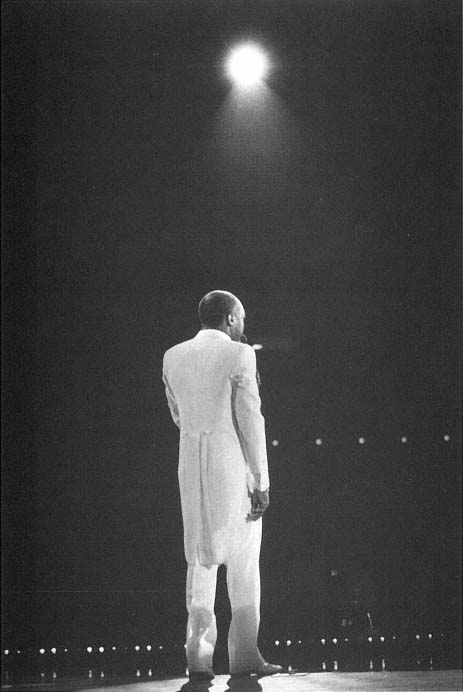
Figure 27
Brown in white tails at one of his fund-raising bashes in San Francisco.
(Photo by Rich Pedroncelli)
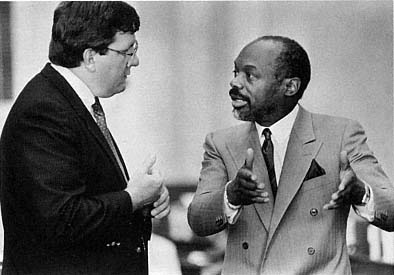
Figure 28
Brown forged a working relationship in the mid-1980s with
Assembly Republican leader Patrick Nolan of Glendale, left.
Nolan later served a federal prison sentence after
pleading guilty to federal corruption charges.
(Photo by Rich Pedroncelli)
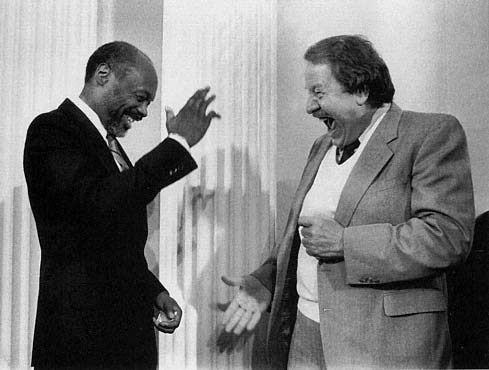
Figure 29
Willie Brown, left, and former Speaker Jesse Unruh greet each other on the Speaker's
rostrum a few months before Unruh's death from cancer in 1987. Unruh was
instrumental behind the scenes in helping Brown win the Speakership.
Once Unruh died, Brown had no peer who could advise him.
(Photo by Rich Pedroncelli)
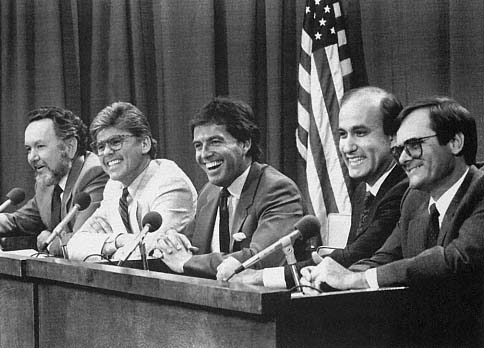
Figure 30
Moderate Democrats tried to overthrow Brown in 1988, dubbing themselves the
"Gang of Five." Shown here at a Capitol press conference, from left to right,
Jerry Eaves, Gary Condit, Rusty Areias, Charles Calderon, and Steve Peace.
(Photo by Rich Pedroncelli)
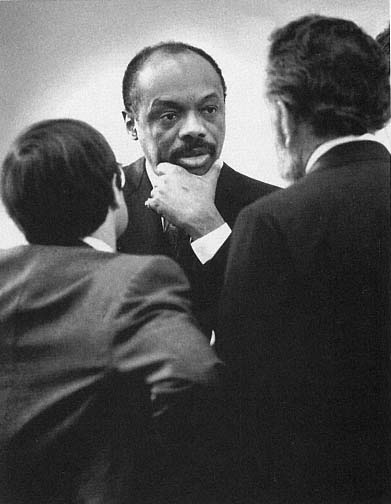
Figure 31
Willie Brown battled the Gang of Five for most of 1988. Brown is shown
talking on the Assembly floor with Steve Peace, left, and Jerry Eaves,
right, two members of the rebel faction.
(Photo by Rich Pedroncelli)
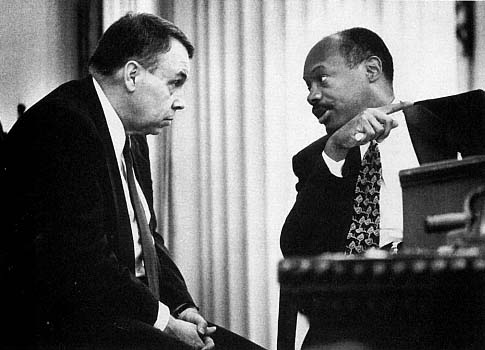
Figure 32
When Patrick Nolan would not make a deal with the Gang of Five, the new Republican
leader, Ross Johnson, left, tried to make a deal with them. Johnson ultimately failed
because Brown found enough Republicans to support him and keep him Speaker.
Johnson shown talking with Brown on the Assembly floor.
(Photo by Rich Pedroncelli)
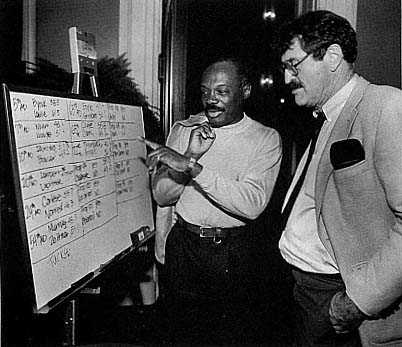
Figure 33
Willie Brown stayed in power by building a massive organization to keep
Democrats elected to the Assembly. Brown and Assemblyman John
Vasconcellos keep track of election returns in Brown's Capitol
office on election night, November 9, 1988.
(Photo by Rich Pedroncelli)
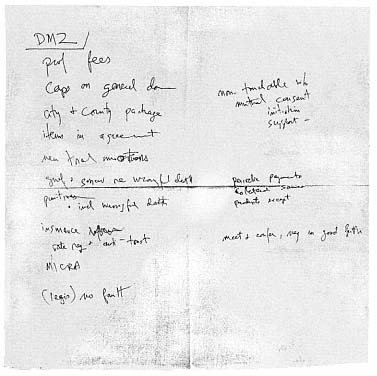
Figure 34
The napkin from Frank Fat's restaurant upon which a political peace
pact was penned on September 10, 1987, by lobbyists for insurance
companies, lawyers, manufacturers, and doctors. The handwriting is
that of State Senator William Lockyer, then the chairman of the Senate
Judiciary Committee, who was later elected Senate president protem.
"DMZ" at the top stood for "demilitarized zone." The napkin
deal was the culmination of negotiations in Willie Brown's
office between the interest groups and resulted in major
changes to California's civil liability laws.
(Document courtesy of Tom Dressler)
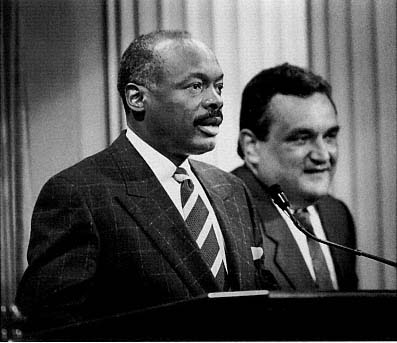
Figure 35
Willie Brown and Democratic Senate president pro tem David
Roberti ruled the Legislature through the terms of three
governors. Shown here together in 1993.
(Photo by Rich Pedroncelli)
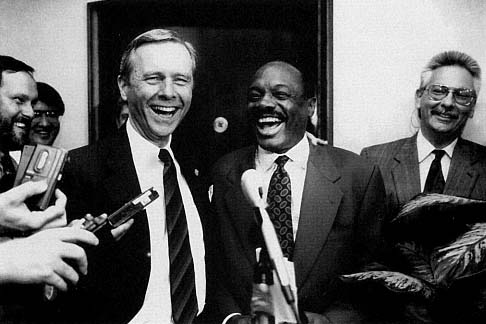
Figure 36
California government came to a standstill for sixty-four days in 1992 when Republican
Governor Pete Wilson and the Assembly Democrats could not agree on the terms
for a state budget. Willie Brown and Wilson began talking with each other on the
twenty-third day of the stalemate. The meeting came after Brown, uninvited,
marched into the governor's office and asked to be let in. They came out together
a few minutes later to face reporters, and Wilson put his arm around Brown
and called him "My pal." On the far right is one of Wilson's
bodyguards, smiling at the joke with everyone else.
(Photo by Rich Pedroncelli)
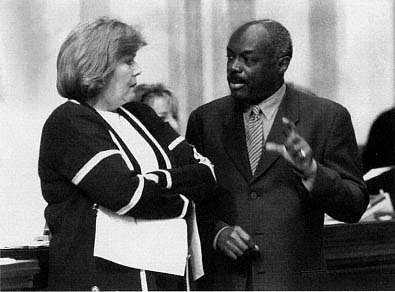
Figure 37
The Democrats lost their Assembly majority in the 1994 election, but
Brown hung onto the Speakership for months with help from Republican
Assemblywoman Doris Allen, left, and then he passed off the job to her
with Democratic votes. She did not last long as Speaker,
and she was recalled by voters in her Orange County district.
(Photo by Rich Pedroncelli)
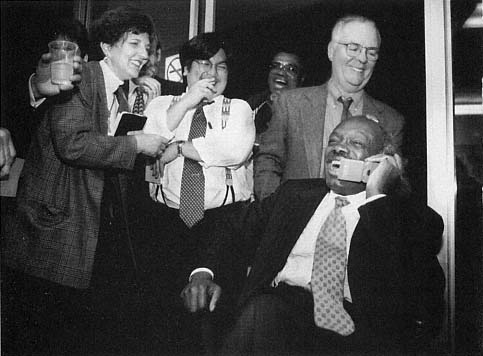
Figure 38
Willie Brown basks in his October 1995 primary election victory for San Francisco mayor
on election night. Standing behind him is Assemblyman Phillip Isenberg, who was once
Brown's chief aide in the early days.
(Photo by Rich Pedroncelli)